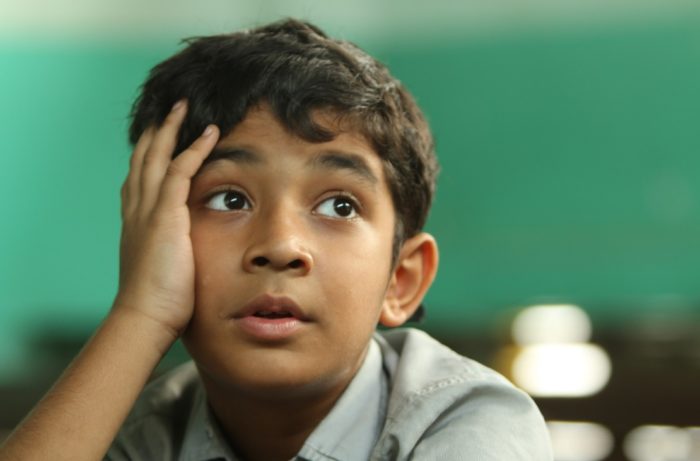
Why Does India Have a Different Time Zone?
When you travel to India, you might wonder why India has a very unusual time zone. Normally, the time zones around the world have a 1-hour increment from the Coordinated Universal Time (UTC). That said, the clock in India is different since it has a 30-minute offset instead of a 1-hour offset like other countries. In this article, we are going to explain why India has this 30-minute offset in detail.
How Does the Time in India Work?
India’s time zone is UTC (Coordinated Universal Time) +5:30 hours. A few years ago, it was officially set as IST or Indian Standard Time. This is because India is in the middle of the longitude of 82.5° E. After it became an independent country in 1947, India decided to be 30 minutes between the two countries which are Bangladesh and Pakistan. The time in Pakistan is set to UTC +5:00, while Bangladesh sets its time zone to UTC +6:00. Consequently, Indian Standard Time was set to UTC +5:30 due to the political reasons associated with the two adjacent countries.
India covers a total of 3,287,263 square kilometers, and despite being a very large country, it has only one time zone across. The reason behind this has to do with the government’s intention to unite India into one.
The History of India’s Time Zone
In 1802, the Madras Time was set up by John Goldingham and was commonly used in railways in India. Later in 1884, two time zones were officially established in local areas under British rules, which were Calcutta Time and Bombay Time. These two time zones were set based on their economic centers. The Calcutta Time was UTC +5:30 hours, and the Bombay Time was UTC +4:51 hours.
In 1906, Indian Standard Time was introduced and came into force on January 1st.
Nonetheless, Calcutta Time was still used as a separate time zone until 1984, and so was Bombay Time, up until 1955.
Time Differences of India with Other Countries
India is 12.5 hours ahead of the USA on the west coast, which comprises San Diego, San Francisco, and Los Angeles. Thus, if it is 12:00 AM in San Diego, it is 12:30 PM in India. If it is on the east side of the USA (New York, Florida), it is 9.5 hours ahead of the USA. For example, if it is 6:00 AM in New York, it will be 3:30 PM in India. If you compare India’s time zone to the United Kingdom, it is 5.5 hours ahead of the UK. Lastly, India is 4.5 hours behind Australia.
Is There Any Other Country with a Different Time Zone?
Yes, there are many more countries with odd time zones like India. For instance, China is a very big country. However, they have only one time zone just like India, which is UTC +8 hours. Another one is New Zealand, they decided to be 45 minutes offset, so they are UTC +12:45. Including Daylight Saving Time, New Zealand can be UTC +13:45 during summer. These are examples of strange time zones, but there are many more like Spain, Russia, and Australia that have time zones that do not follow the one-hour increment rule.
The Daylight Hours in Different Parts of India
It starts with the northern part of India, which consists of Punjab, Delhi, Uttar Pradesh, Haryana, and Chandigarh. From January to April, the daylight hours are approximately 11 hours. The latter are then up to 13 hours from May to August and diminish to 12 hours from September to December. When it comes to the south of India, which includes Andhra Pradesh, Karnataka, Kerala, Tamil Nadu, and Telangana, the daylight hours are approximately 12 hours from January to April, 13 hours from May to August, and 11.5 hours from September to December.
The east of India which includes West Bengal, Bihar, Jharkhand, Odisha, Andaman, and the Nicobar Islands have approximately 12 hours of daylight from January to April, 14 hours from May to August, and 11 hours from September to December.
Lastly, the cities in the west of India, such as Dadra, Nagar Haveli, Daman, Dio, Goa, Gujarat, Karnataka, Maharashtra, and Rajasthan have 10.5 hours of daylight from January to April, 14 hours from May to August, and 10.5 hours from September to December.
The Difficulty of Having One Time Zone in India
As India is a big country and Daylight Saving Time does not apply, Indian people are experiencing many difficulties. To illustrate this, in the area where the sun sets later, the students will have to go to bed later since schools all around the country start at the same time. Moreover, going to sleep late reduces productivity both in children and adults. People in the north also complain about how the sun sets quite quickly in Winter, and this affects their electricity bills since they have to turn on their lights earlier than other times of the year.
To conclude, these are the reasons why India has a different time zone from other countries. However, it doesn’t mean that it’s difficult to keep track of time over there since today’s technology is developed to show the correct time from all around the world. We hope this article answers some of your questions and gives you some useful information about the Indian time zone.
